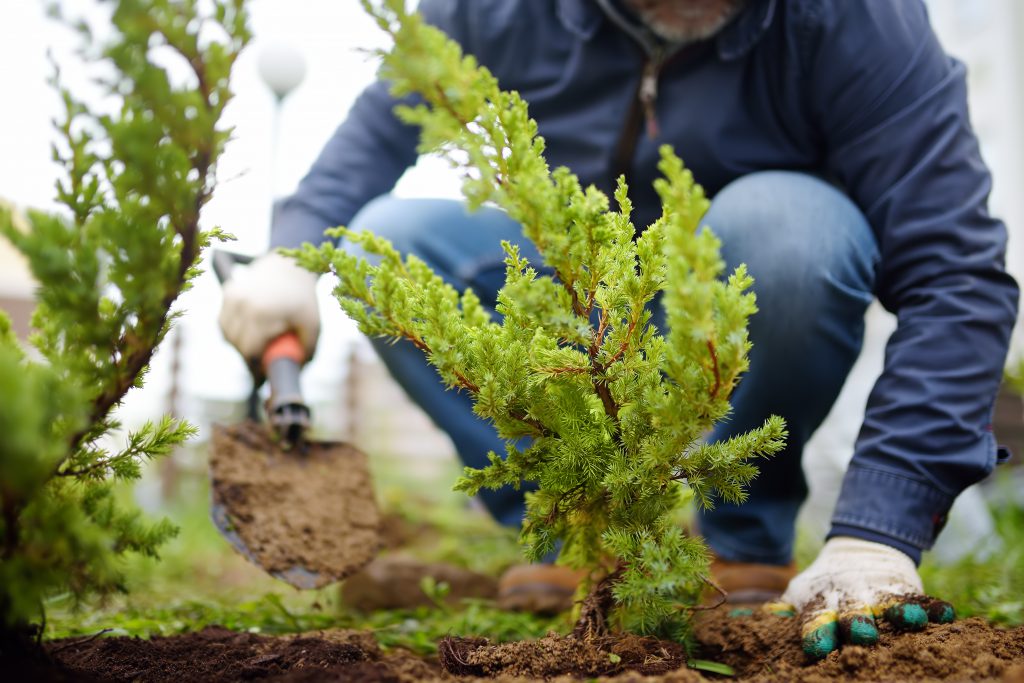Are we barking up the wrong tree?

Last year State agency Ambjent Malta planted close to 22,000 ‘trees’ as part of its remit which includes afforestation projects across the Maltese Islands. The latest part of this green initiative comprised around 1,000 indigenous trees at l-Aħrax tal-Mellieħa and another 500 at the Majjistral Park. Such projects, however, might go up in smoke, unless there is a serious long-term commitment from the government. Many a time, such projects, turned out to be a pr stunt, meant to impress the public of government’s environmental credentials through spectacular figures.
Unfortunately, a visit to these afforestation sites a few months down the line might yield a completely different picture. More often than note the term ‘trees’ is being used abusively as in reality they nothing more than saplings. Though no afforestation project has a 100 per cent success rate, the final figure may be close to zero if these ‘trees’ are left neglected with little or no irrigation, no proper supervision against theft and vandalism and a general lack of care as if they have been planted in no man’s land. Furthermore, it is pointless aiming very high unless there are adequate resources at hand including the necessary manpower.
Despite, these setbacks and limitations, there have been some success stories after all. Up to the 1960s the area known as Il-Miżieb, which is nowadays one of the few woodlands on the island, was nothing more than garigue land. Similarly, the area under the Red Tower in Mellieħa which was an afforestation project launched around 20 years ago.
Meanwhile, the public is being urged to have its say on the way forward with respect to plans to have proper designated recreational sites for camping and caravans. Given the limited amount of open spaces available, it is crucial for such plan to be truly environmentally sustainable. This last thing this country needs is more loopholes for illegal rural developments outside development zones.
This is why prior to forging ahead with such plan there needs to be a proper infrastructure to safeguard what is left of Malta’ countryside. It is only when there is a good complement of full-time rangers aided by qualified staff that Malta’s biodiversity can have a real chance to flourish. Otherwise, there is the risk of putting the cart before the horse and risk losing more land under the guise of ‘recreational public spots’.
